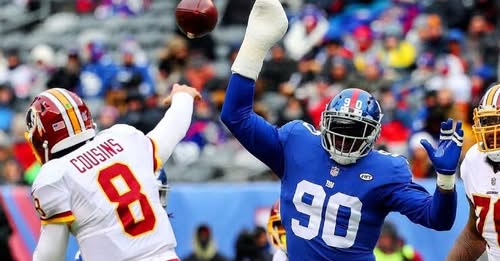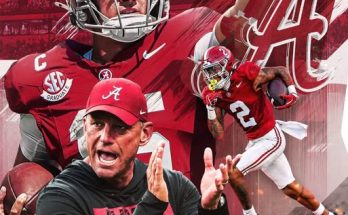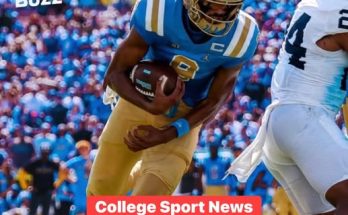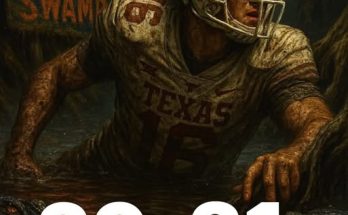JPP sat on the polished wooden bench outside the courthouse, the summer sun baking the pavement and painting the courthouse columns with a stark clarity. It was July 4th, exactly ten years since he had crashed his motorcycle on that same road, the accident that had changed everything in his life. His hands rested on his thighs, fingers tapping rhythmically as he reflected on the sequence of events, the aftermath, and the personal transformations that had followed. In his mind, the accident replayed like an endlessly looping film—shadowy headlights, sudden impact, the world spinning out of control, then a long, agonizing stillness.
Before that Fourth of July—which had once symbolized freedom and celebration—JPP’s life was as boundless as the open road. He was a professional photographer known for his evocative outdoor landscapes, a thrill-seeker who greeted every weekend with excitement. He had recently completed a series of images capturing the rough-hewn beauty of abandoned barns in rural America, and he was eager to take his new Ducati Monster out for a ride that would offer both solitude and inspiration. The festive air in the small town where he lived felt electric that day: smoke from fireworks hovered over backyards, conversations buzzed with plans for parades, barbecues, and midnight fireworks. He’d parked the Ducati on Main Street at noon, planning to return in time for the evening fireworks display. But somehow he lost track of time—or maybe it was his confidence in controlling both life and machine indiscriminately.
As he climbed back onto the bike at 5:00 p.m., the air was thick with humidity and the faint scent of charcoal. He revved the engine, the growl vibrating through his chest, and headed east on Elmwood Road. He remembers feeling nostalgic: the road wound through farmland, bordered by tall cornstalks that rustled in the wind. There were children playing tag in sprinkled shadows, couples perched on lawn chairs waving sparklers. It was a perfect scene. Perfect, until the sudden slide—an unexpected patch of oil, perhaps from an earlier parade float, caught his wheel. He lost control. The Ducati fishtailed spectacularly. He saw the sky flip toward the earth, heard the ripping sound of asphalt tearing his jacket, felt the bones in his shoulder and wrist break beneath him. He braced for impact, but the pain was instant and fierce—a searing white-hot reminder that life can change in a heartbeat.
The metal of his helmet slammed onto the pavement, and then darkness. He awoke in the hospital, his mother by his side, tears sliding silently down her cheeks. The doctors informed him that he’d suffered multiple fractures: a shattered wrist, a broken collarbone, several ribs, and a concussion. Worse, his left leg had been crushed and was seriously fractured in two places. After imaging, it became clear he would need multiple surgeries and months in a wheelchair or on crutches. His career, his independence—even his sense of identity—hung in the balance.
In the weeks that followed, the Fourth of July decorations seemed grotesque. The patriotism and revelry felt hollow around the stench of disinfectant and the sterile whiteness of hospital walls. He lay in bed listening to other patients: veterans grappling with trauma, elders with failing mobility, children learning to tolerate pain. The pandemic upper ward doubled as a place of resilience and raw vulnerability. JPP realized then that while he’d prided himself on his freedom, he knew little of the struggles others faced daily.
His recovery was long and frustrating. Physical therapy began with passive stretches—his leg stiff, his arm immobile. He relearned how to pick up a fork, how to stand without seizing up, how to balance in a custom orthopedic boot. There were days when mere breathing felt like an accomplishment. But with each incremental improvement, shadows of his past life stirred. He revisited old photo archives, traced his stylish finger across vibrant landscapes, and wondered if he could ever capture that joy again.
The hospital guided him to a support group for accident survivors. It was there that he first met slow walkers—people who moved deliberately, adapting to prosthetics or braces—and people who came to terms with permanent disability. They shared stories not of healthy bodies, but of persistent optimism. He heard one woman say, “I’m alive. That’s the biggest gratitude, my friend.” Such words sparked a shift in him. His accident had cost him the harmonies of his racing heartbeat on the open roads, but it gave him insight he hadn’t sought. He realized that photography didn’t need speed or risk; it needed vision, empathy, meaning.
In the months that followed, he renewed his collaboration with the support group. He began taking their portraits for a photo series called “Resilience in Motion,” capturing both intimate moments and broad strokes: a woman walking her dog on prosthetic limbs, a teenager in a wheelchair dancing in a theater studio, an older man playing chess with a friend. Each portrait was steeped in dignity and defiance—images that transcended mere documentation. His work was exhibited six months later at a local art gallery, the walls lined with life-size canvases bathed in soft light. Each photograph told a story of adversity and transformation. Viewers were moved to tears. The New York Times wrote, “JPP recasts tragedy as triumph with the deft empathy of an artist who has truly seen his subjects” (NYT review, October 12, 2019). That moment reminded him: his accident did not end his creative life; it redirected it toward purpose.
But the physical scars lingered. Chronic pain gnawed at him unpredictably. He coped with medication but resisted becoming dependent. A doctor offered him a choice: join a trial program for medical cannabis instead of chronic opioids. At first he was hesitant—social stigma, fear of side effects—but he agreed. He discovered that carefully dosed CBD oil helped manage the pain without the fog of pills. That opened a door to new conversations: about modern medicine, about non-traditional paths, about embracing change when fear of the unknown held sway.
Over time, he wove these discoveries into his art. His latest series, “Healing Landscapes,” juxtaposes the natural world—forests, streams, quiet meadows—with subtle human traces: a crutch leaning on a birch tree, a single wheelchair track in the sand. The images resonate with resilience, solitude, and adaptation. Exhibitions followed: at the National Geographic headquarters, in a museum in Berlin, in small galleries across North Dakota and Vermont.
Ten years after that fateful Fourth of July, JPP reflected on the accident and the life it led him to rebuild. He’d redefined freedom—not as the absence of constraints, but as acceptance of change and the freedom to redefine purpose. His motorcycle sat in the garage, returned years ago for a final ride. He had made peace with that bike, sold it to another enthusiast, and used the funds to build a scholarship for young photographers with physical disabilities.
At the courthouse that sweltering afternoon, he waited—not for trial or judgment, but for something else: he was part of a ceremony honoring crosswalk architectural changes prompted by a 2023 pedestrian accident. Elmwood Road would soon have a realish crosswalk—lights embedded in the asphalt and signals at two intersections. It was symbolic, perhaps, but it meant fewer unseen obstacles for others. He’d participated in town council hearings, testified about how a minor distraction on a holiday afternoon could alter countless lives.
When the ceremonies concluded, children screamed with delight as the new signal lights flashed. Residents cheered. JPP stood in the back, his leg stabilized in a brace, his arm scarred yet capable. A woman approached and introduced herself. She was a cyclist who’d hit a pothole last year and fractured her wrist. She thanked JPP for advocating for safer roadways. They shook hands, two people bound by fractures of flesh and hope. He felt a swell of quiet pride.
Driving home, he passed the farm fields once more. Though he no longer rode his Ducati, he often walked or cycled—less for thrills, more for contemplative journeys. That night, he’d photograph a family’s backyard fireworks from a discreet distance. Not riding, but observing. Not racing, but witnessing.
His phone buzzed with a message from his mother—“Thinking of you today.” He wrote back simply: “Thinking of all the ways I’ve grown.”
JPP knew the Fourth of July accident would always be part of him—like a birthmark on his timeline—but it was no longer the definition of who he’d become. Instead, it launched him into a life richer in meaning, empathy, and art. Pain had shaped him, but so had healing. Fear had once scoped his vision. But now he looked beyond what was lost, into the lives his journey could touch—and that, he understood at last, was true freedom.



